A Guide to Ensuring High-Quality Laboratory Consumables
Laboratory consumables, such as pipettes, tubes, and microplates, are essential components in scientific research. They play a crucial role in achieving accurate and reproducible results. However, not all laboratory consumables are created equal. Inadequate quality consumables can lead to erroneous results and can compromise the reliability of research findings. Therefore, it is crucial to ensure high-quality laboratory consumables are used. This guide provides useful tips on how to ensure high-quality laboratory consumables.
Choose reputable suppliers
Selecting reputable suppliers is the first step in ensuring high-quality laboratory consumables. Reputable suppliers are those that have established a reputation for supplying high-quality products consistently. They typically have a quality management system in place, which ensures their products are manufactured to strict quality standards. To identify reputable suppliers, researchers should seek recommendations from colleagues, read online reviews, and check the supplier's certification status.
Check for product certifications
Certifications indicate that a product has been tested and evaluated to meet specific quality standards. For laboratory consumables, certifications such as CE, ISO, and FDA indicate that the products meet minimum quality requirements. It is important to verify that the certifications are current and that they cover the specific product being purchased.
Evaluate product specifications
The product specifications provide details about the product's performance, materials used, and manufacturing process. It is essential to review the product specifications carefully to ensure they meet the research needs. For example, when selecting pipette tips, researchers should check the volume range, compatibility with the pipette, and accuracy and precision. Evaluating the product specifications can help avoid purchasing low-quality consumables that may compromise the research outcome.
Ultra-Low Attachment Multiple Well Plates
Inspect the product for defects
Before using laboratory consumables, researchers should inspect the products for defects. Defects can affect the product's performance and lead to erroneous results. The inspection should include checking for cracks, chips, or other visible damage. For consumables that require sterility, such as tubes and plates, researchers should inspect the packaging for any signs of tampering or contamination.
Test the product's performance
Testing the product's performance is an important step in ensuring high-quality laboratory consumables. This can be done by running control experiments using the consumables and comparing the results with the expected outcome. For example, if new pipette tips are being used, researchers can run a control experiment using the old pipette tips and compare the results with those obtained using the new tips. Any significant deviation from the expected outcome may indicate a problem with the consumables.
Additional reading:Hydroxyethyl Methyl Cellulose: A Versatile Polymer with Wide-ranging Applications
Sulfonyl Halides: Versatile Compounds in Organic Chemistry
1-Chlorooctane: A Prominent Alkyl Halide in Organic Synthesis
Choosing the Right Refrigerant Gas: Factors to Consider
Can Water Resistant White Powder MHEC Revolutionize Construction Materials?
Daily Chemical Detergent Grade HPMC Cellulose: Enhancing Performance and Sustainability
What is lithium aluminium deuteride?
Use products within their expiry date
Laboratory consumables have a shelf life, and using them beyond their expiry date can compromise their quality. Consumables that are past their expiry date may have deteriorated and may no longer perform as expected. Therefore, it is essential to check the expiry date of the consumables before use and dispose of any expired products.
Store products appropriately
Proper storage is critical in maintaining the quality of laboratory consumables. Some consumables, such as pipette tips and tubes, are sensitive to temperature and humidity changes. Therefore, they should be stored in a controlled environment, such as a refrigerator or a desiccator. Products that require sterility, such as plates and filters, should be stored in sealed packaging to prevent contamination.
Dispose of products appropriately
Disposing of laboratory consumables appropriately is critical to prevent environmental contamination and to ensure laboratory safety. Some consumables, such as pipette tips and tubes, can be disposed of in regular waste bins. However, products that contain hazardous materials, such as chemicals or biological samples, require special disposal procedures. Researchers should check with their institution's waste management guidelines for proper disposal procedures.
At Fudau Biotech, we are committed to providing our customers with the highest quality biological process consumables, backed by our extensive experience and expertise in the field. Our products are designed to help you achieve your research goals quickly and efficiently, while also ensuring the safety and reliability of your laboratory operations.
If you need more information or support on high-quality lab consumables products, please don’t hesitate to contact us at E-mail: sales1@fd-cell.com, we will try our best to support you.
Production Process of Methyl Acetate
Understanding the Benefits of Hydroxypropyl Methyl Cellulose (HPMC)
What is hydroxyethyl cellulose used for?
What is the function of KCl fertilizer?
What is manganese sulphate fertilizer used for?
Adhesive Tape vs. Liquid Adhesives
What does anti corrosion primer do?
184
0
0
Related Articles
-
247
0
0
-
232
0
0
-
229
0
0
-
230
0
0
-
221
0
0
-
266
0
0
-
201
0
0
-
208
0
0



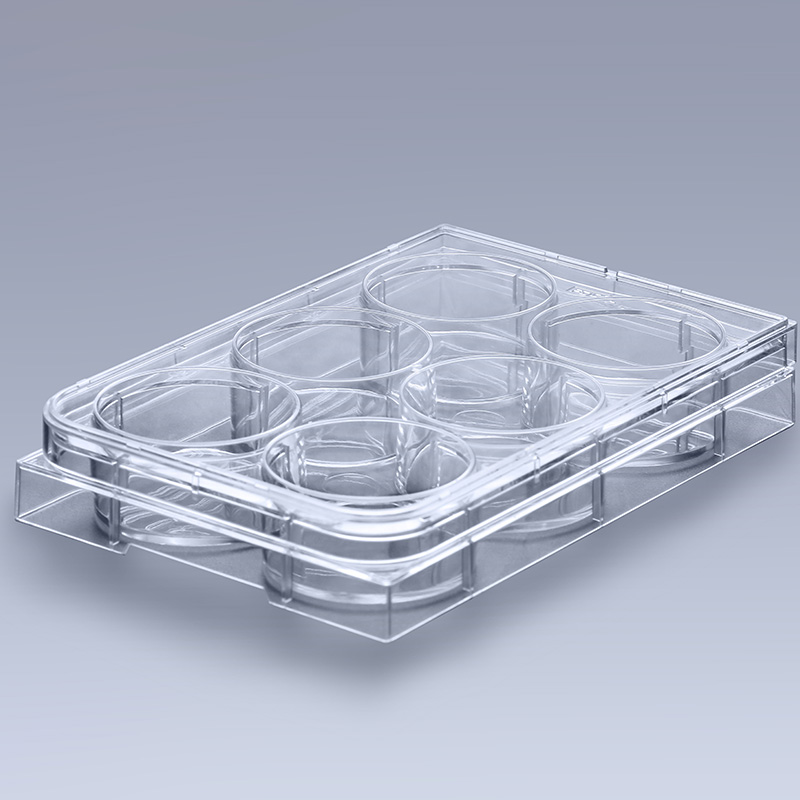
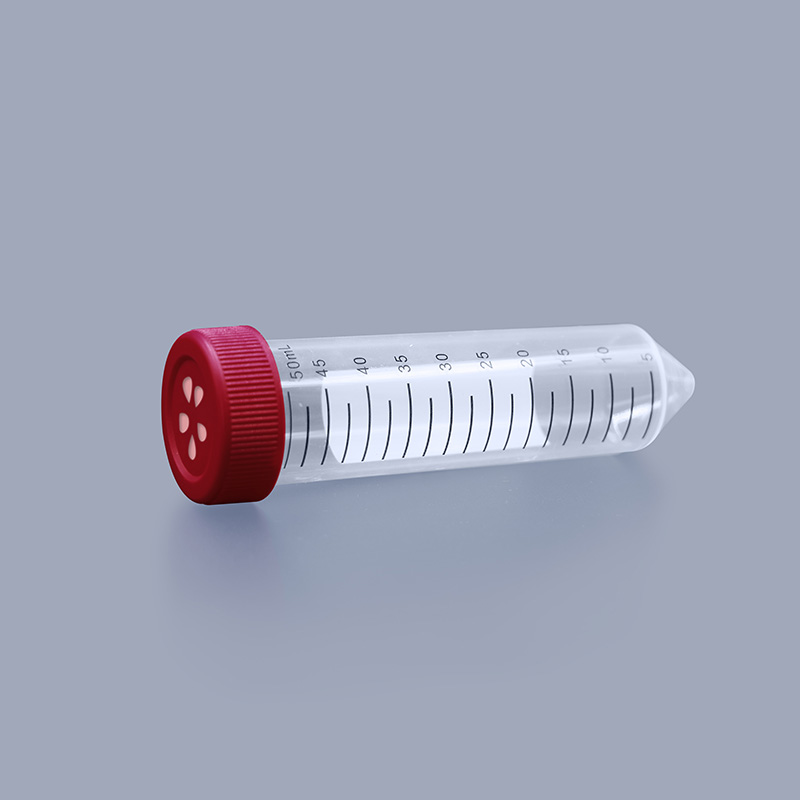
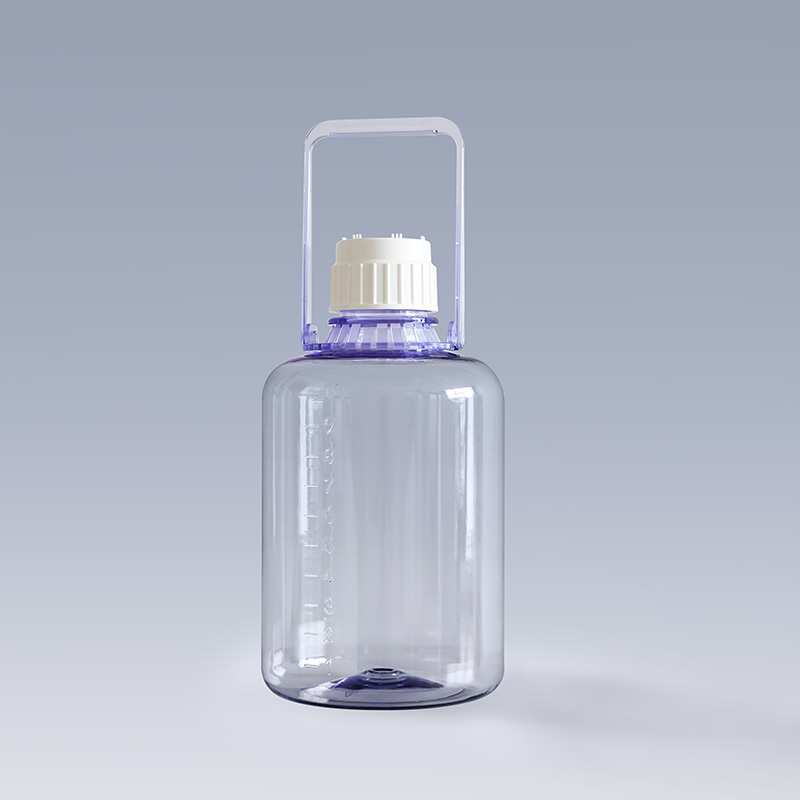
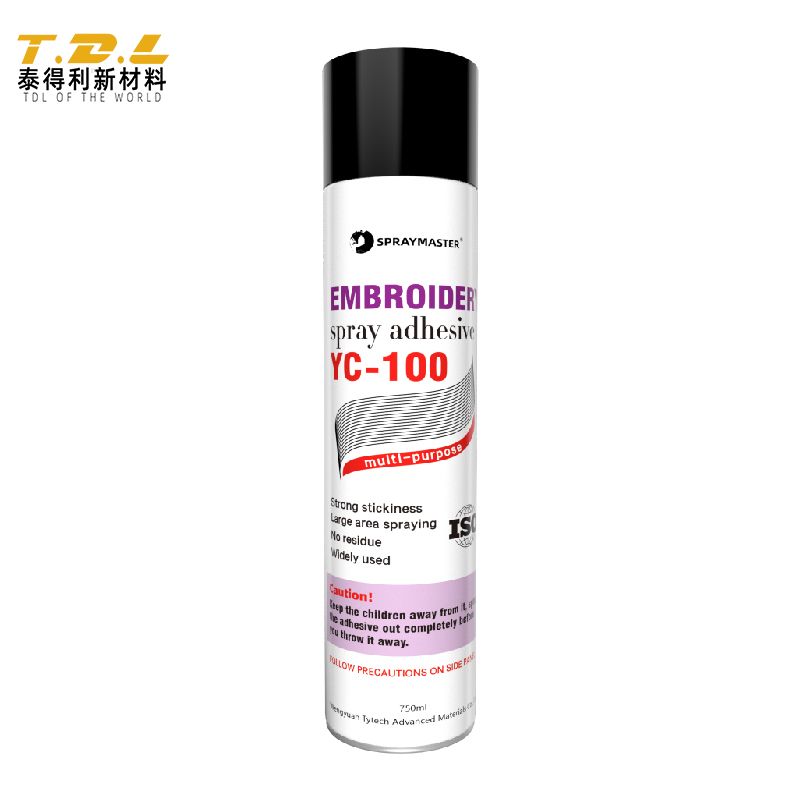
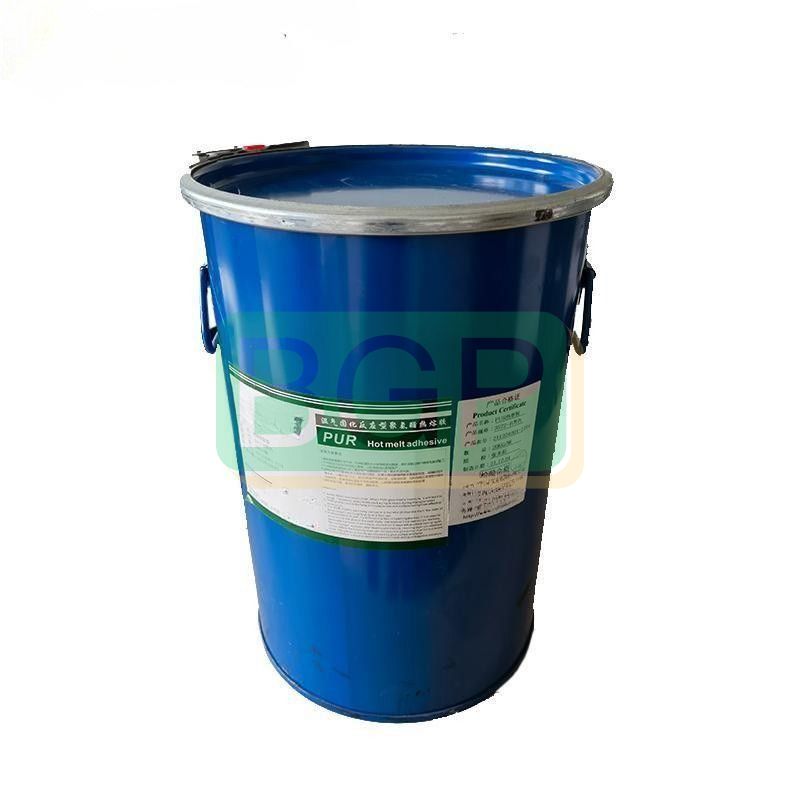
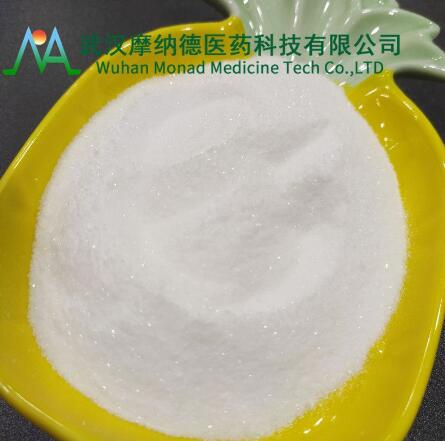

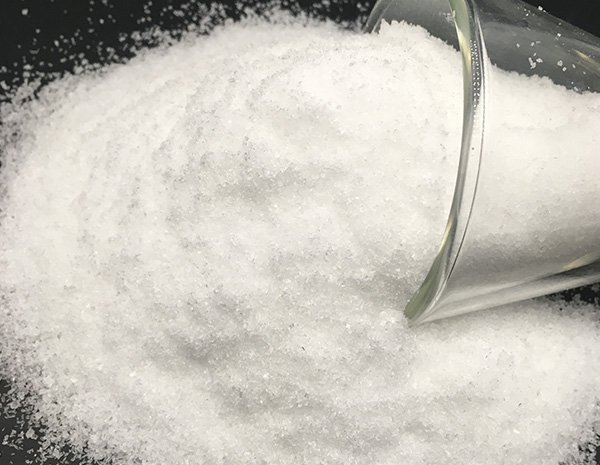
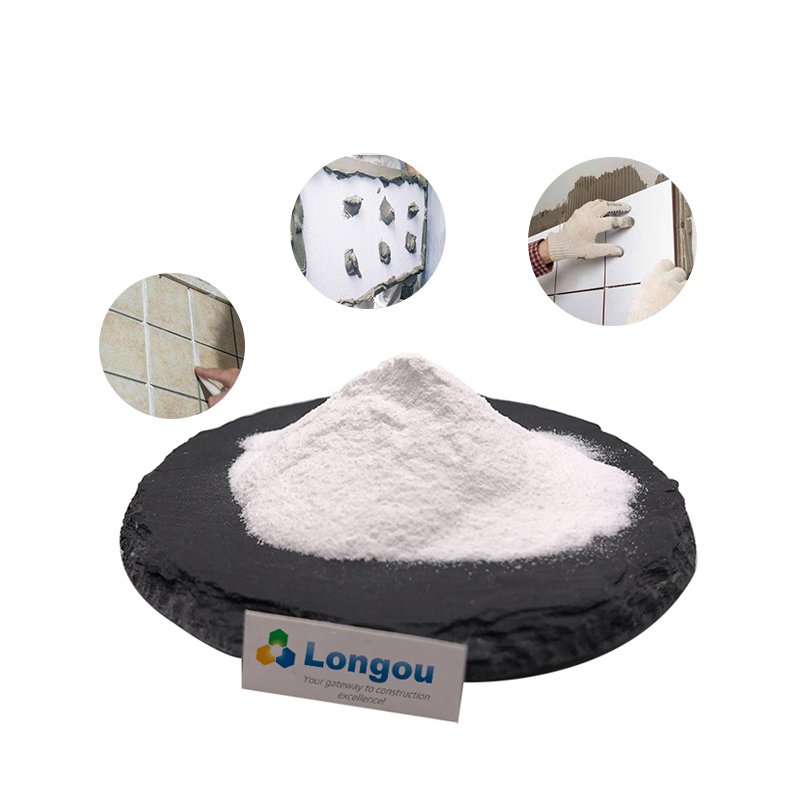
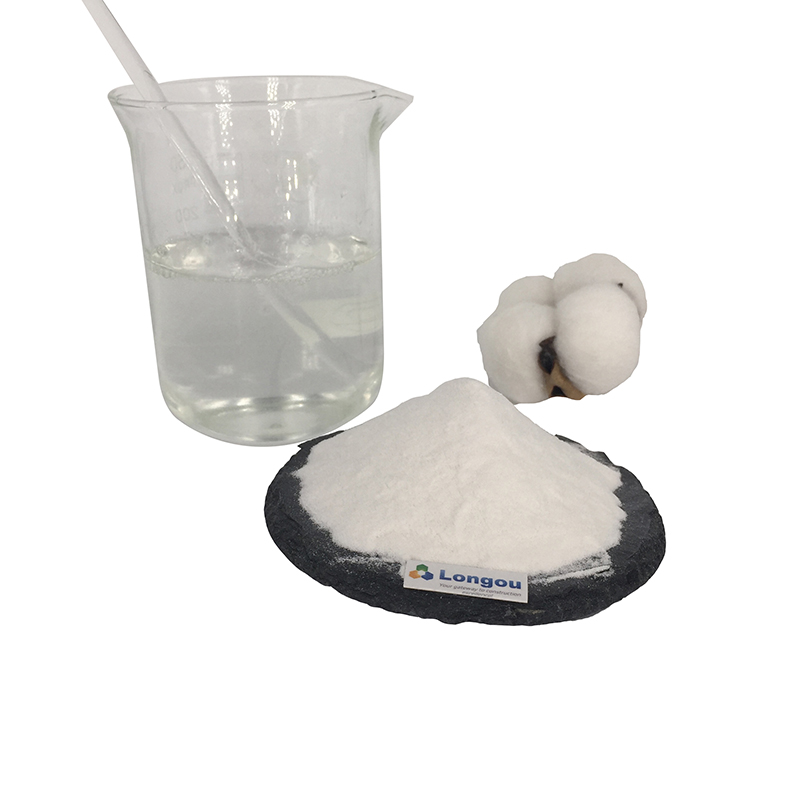

Comments
All Comments (0)